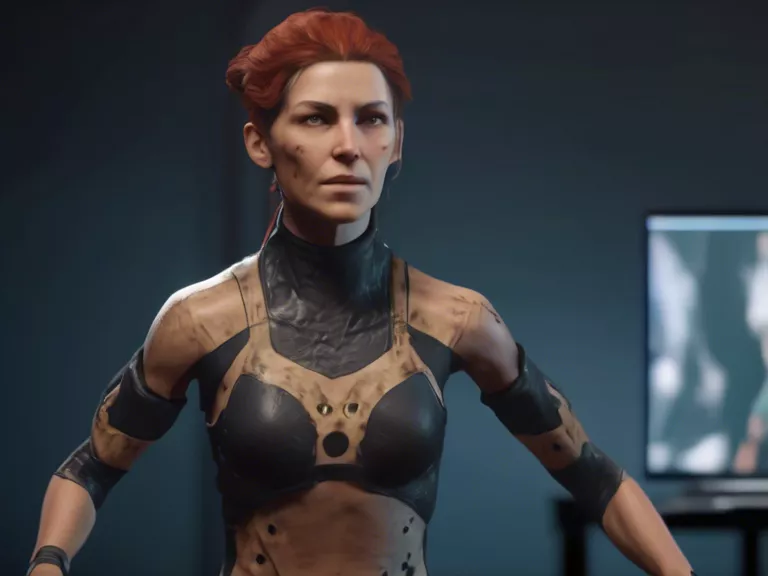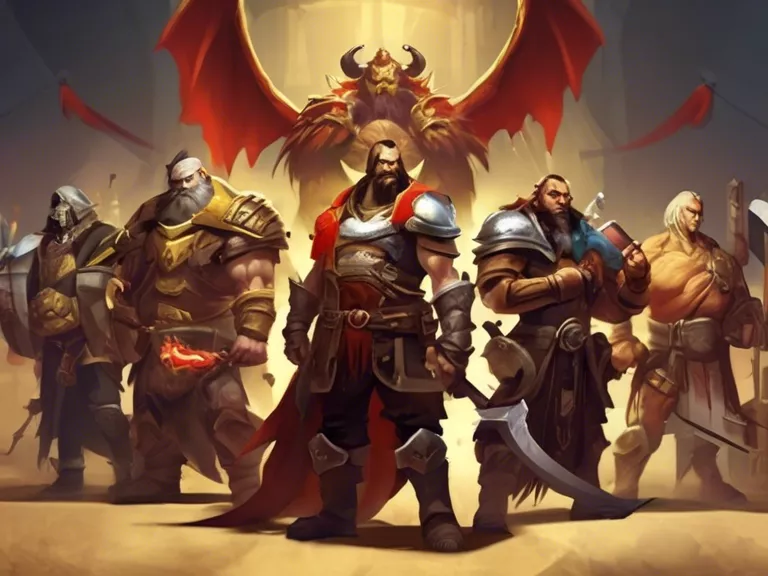
In the world of video game development, creating lifelike character animations is a crucial aspect of immersing players in the virtual world. One of the most advanced techniques used by gaming studios to achieve this level of realism is motion capture. By capturing the movements of real actors and translating them into digital animations, motion capture technology allows for more natural and fluid movements in video games.
Motion capture involves placing sensors on an actor's body to track their movements in real-time. These sensors record the positions and rotations of the actor's joints as they perform a series of actions. This data is then processed by special software to create a digital skeleton that drives the movements of a 3D character model. By using this technology, gaming studios can create animations that are highly realistic and detailed, closely resembling the movements of a real person.
With the advancement of motion capture technology, gaming studios are now able to capture not only basic actions such as walking and running but also more complex movements like facial expressions and hand gestures. This level of detail allows for a more nuanced and lifelike portrayal of characters in video games, enhancing the overall gaming experience for players.
Furthermore, motion capture technology enables game developers to save time and resources by streamlining the animation process. Instead of manually animating each movement frame by frame, developers can use motion capture data to quickly generate realistic animations that can be easily applied to different characters and scenarios.
Overall, motion capture technology has revolutionized the way gaming studios create character animations, allowing for a new level of realism and detail in video games. As this technology continues to evolve, we can expect even more lifelike and immersive gaming experiences in the future.



